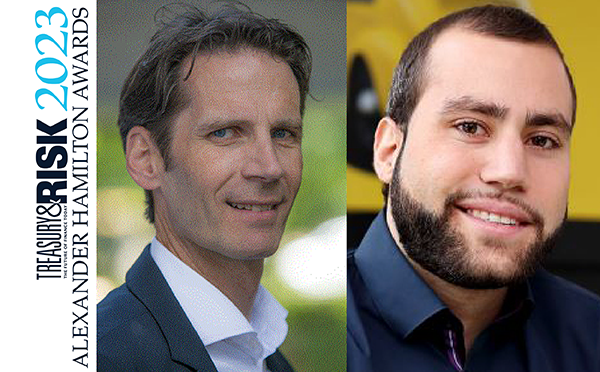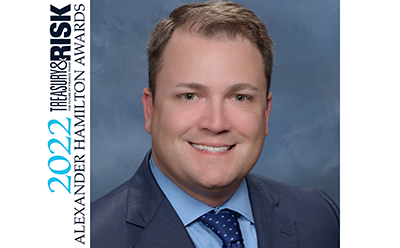When Ford Motor Co. noticed in 1997 that a handful of its suppliers was having trouble making good on their deliveries of materials, the company realized it had to act–and fast. As a company that spends $90 billion a year on supplies worldwide and uses a single supplier for each of the many components used to put together its cars and trucks, a problem at one supplier could trigger a chain reaction that could delay the overall completion of its products. "It does us no good to have a weak link in the chain," says Daniella Saltz, a lawyer in Ford's general counsel office and the person who provides legal support for the automaker's purchasing efforts. "It paid for us to work with suppliers to make them as strong as possible, not be punitive and keep buying our parts from that supplier."
That meant encouraging suppliers to furnish complete and accurate financial data to help Ford gauge their financial health. For the Dearborn, Mich.-based car giant, it involved working with suppliers whenever a problem arose to ensure that materials would continue to be delivered. In some cases, Ford would even bring in consultants to help a supplier in trouble. And though it is difficult for Ford to point to specific statistics that would illustrate the company's success, Saltz suspects she spends less time wrangling with suppliers than many other manufacturers–in large part because Ford views its relationship with its suppliers as a partnership.
When it comes to doing business these days with both suppliers and customers, Ford's lesson of almost six years ago is now viewed as standard operating procedure by most big companies: When you are relying on a company for supplies or payments, you have to know with whom you are dealing. "There is a new recognition that you have to pay attention to the fundamentals," says Mike Shearer, a managing director in PricewaterhouseCoopers' financial risk management practice and leader of PwC's credit risk management team. "We are seeing people perhaps realize that they do need to ask more questions about what [those businesses] are doing."
Complete your profile to continue reading and get FREE access to Treasury & Risk, part of your ALM digital membership.
Your access to unlimited Treasury & Risk content isn’t changing.
Once you are an ALM digital member, you’ll receive:
- Critical Treasury & Risk information including in-depth analysis of treasury and finance best practices, case studies with corporate innovators, informative newsletters, educational webcasts and videos, and resources from industry leaders.
- Exclusive discounts on ALM and Treasury & Risk events.
- Access to other award-winning ALM websites including PropertyCasualty360.com and Law.com.
*May exclude premium content
Already have an account? Sign In
© 2024 ALM Global, LLC, All Rights Reserved. Request academic re-use from www.copyright.com. All other uses, submit a request to [email protected]. For more information visit Asset & Logo Licensing.







